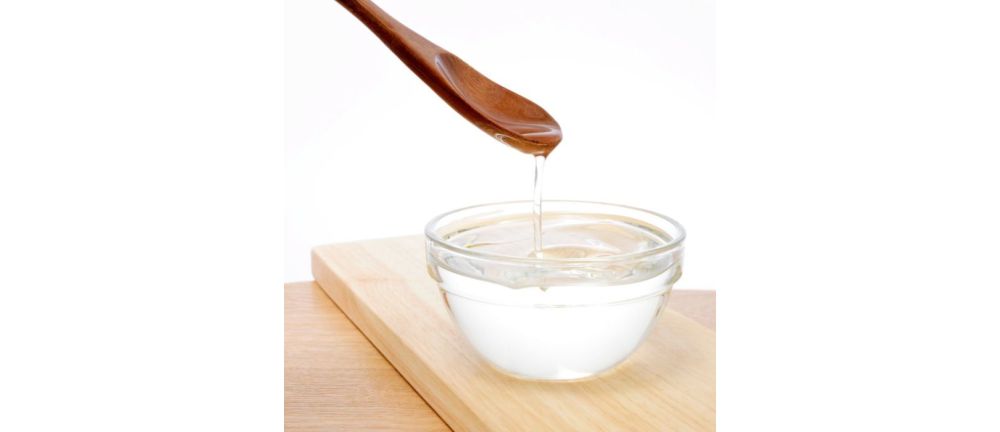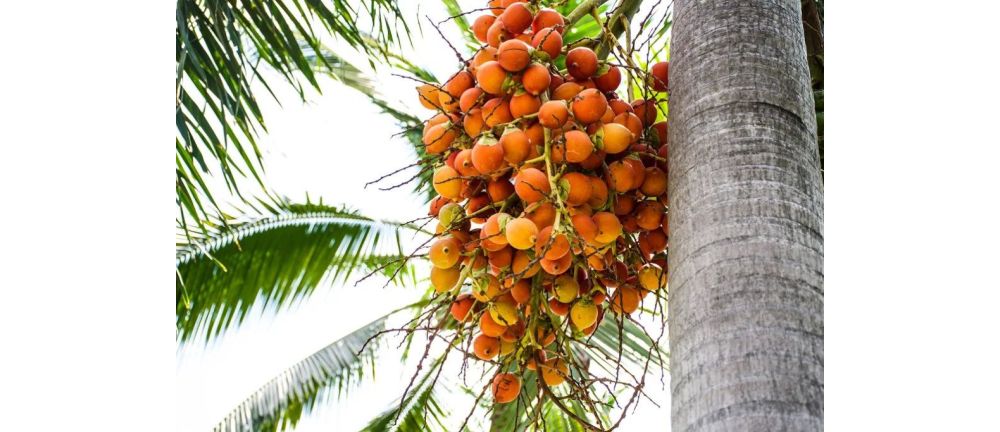Oleochemicals are chemicals derived from animal or plant triglycerides or “feedstock.” Having wide application in everyday life, oleochemicals are synthetic or man made with a similar molecular makeup as their fuel producing counterparts, petrochemicals. However, unlike petrochemicals, oleochemicals are derived from a renewable source.
Oleochemicals include glycerin, lauric acid, medium chain triglycerides (MCTs), oleic acid, palmitic acid, squalane oil, and stearic acid. As consumer goods, these products are widely used to make soaps, detergents, and cosmetics.
The History of Oleochemicals
The oleochemical industry includes products obtained from four chemical divisions: fatty acids, fatty alcohols, methyl esters, and glycerine, all of which are derived from fats and oils feedstock. At least 30% of each division results in products to service the soaps and detergents industries. Although only about 15% of the total production of fats and oils are used to produce oleochemicals, some specific feedstock such as coconut and palm kernel are in high demand to support product production. Furthermore, the biodiesel market boom over the past two decades has added additional pressure for specific feedstock.
The oloechemical industry is diverse with many product and by-product channels and material markets. For example, through the use of the raw materials and separation (fractionation) of the parts, intermediate products such as soap noodles can be formed. Soap noodles in turn, form the raw base for the formation of a finished product: bar soap. Additionally, Glycerin which is a natural by-product of the soap making process is commonly removed by the commercial manufacturers, however, ii is retained by the handcrafted soap producers and the melt and pour product producers.
As a result of the dramatic rise in international crude oil prices in the 1970’s, the birth, growth, and expansion of the oleochemical industry took place as manufacturers scrambled to find alternatives to petrochemicals. Many plant based oils and products were found to be far cheaper to extract and formulate and therefore, they began to rapidly replace the more costly petrochemicals. During this period, it was discovered that plant-based lauric oils, processed from readily available palm kernel oil, were found to be a low cost alternative to petrochemicals and consequently began to be predominantly used in the production of laundry detergent and personal care items like toothpaste, soap bars, shower cream and shampoo.
Further speeding the transition to oleochemical usage was the process of converting oils and fats into oleochemicals which is similar to the conversion that takes place with petrochemicals. Consumer acceptance was also advanced as oleochemicals were also appreciated for being more environmentally friendly with low toxicity and being biodegradable, making them more suitable for the personal care market compared to petrochemical derived products. Oleochemical production was also shown not to compete with food usage for raw materials since they mainly make use of the by-products of edible oil processing (e.g., lauric oil from palm kernel and coconut).
Oleochemical production having started over a century ago, was once a European and American dominated industry. Within the past two decades production has dramatically shifted to Asia with significant growth in China, India, Malaysia, and Indonesia. These latter two countries, along with the Philippines, account for the major escalation in production, representing over 80% of the world’s output of palm and lauric oils. Current global consumption closely mirrors production. According to industry data from 2011, the Asia Pacific market accounted for over 60% of the global consumption, with Europe in second place accounting for approximately 19% market share; the US market represents approximately 12%.






